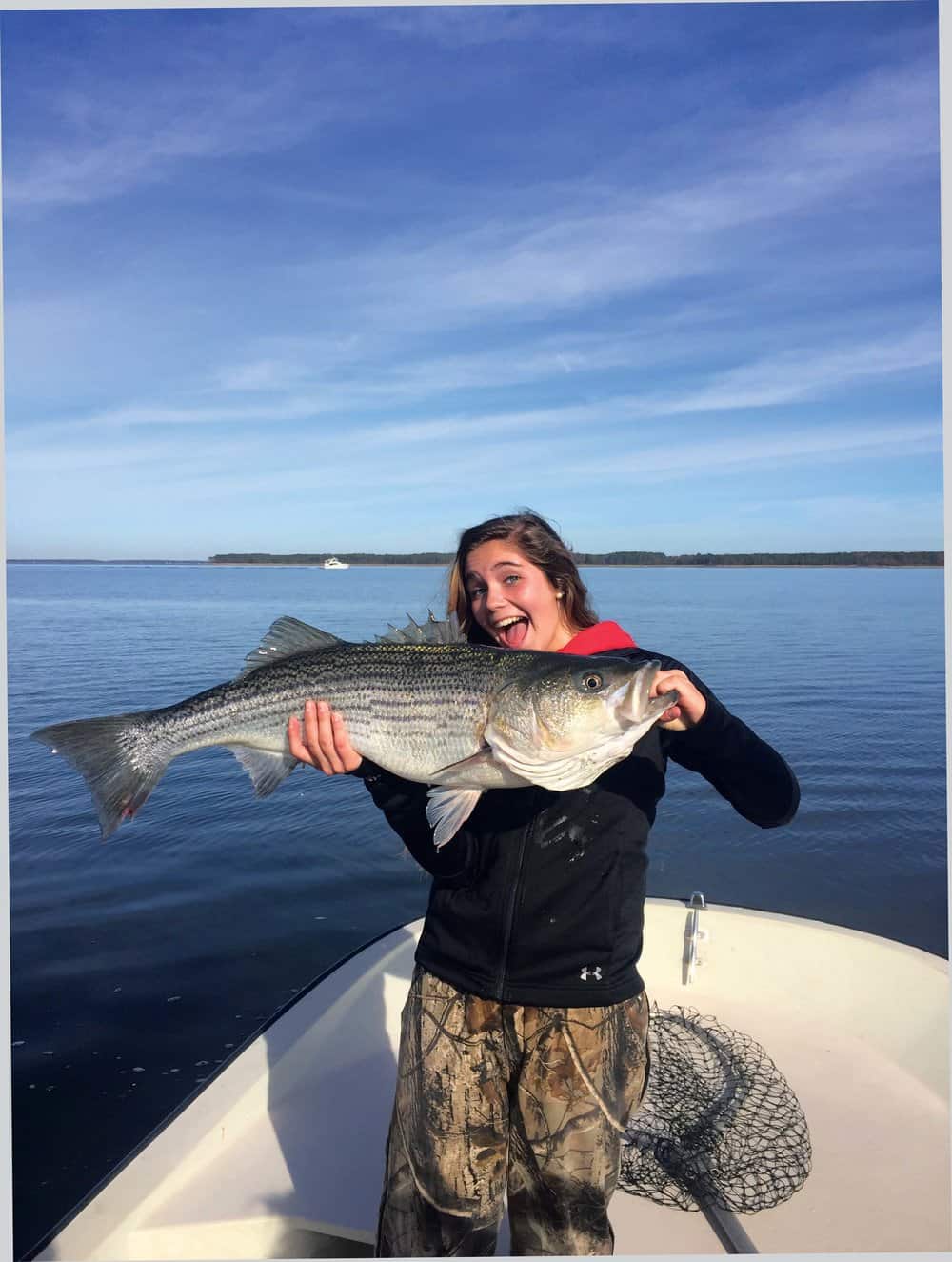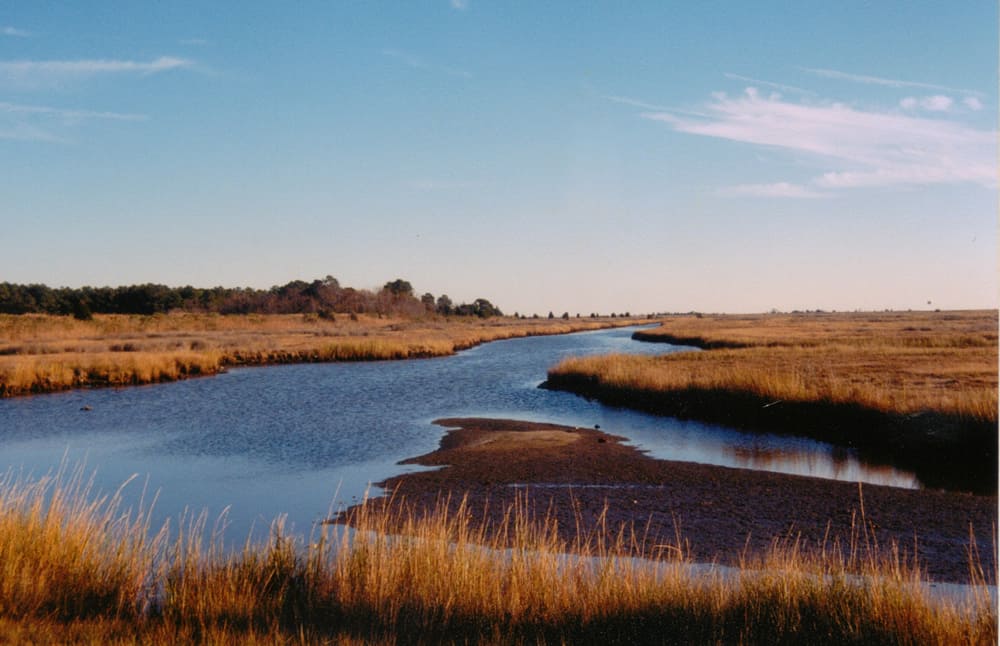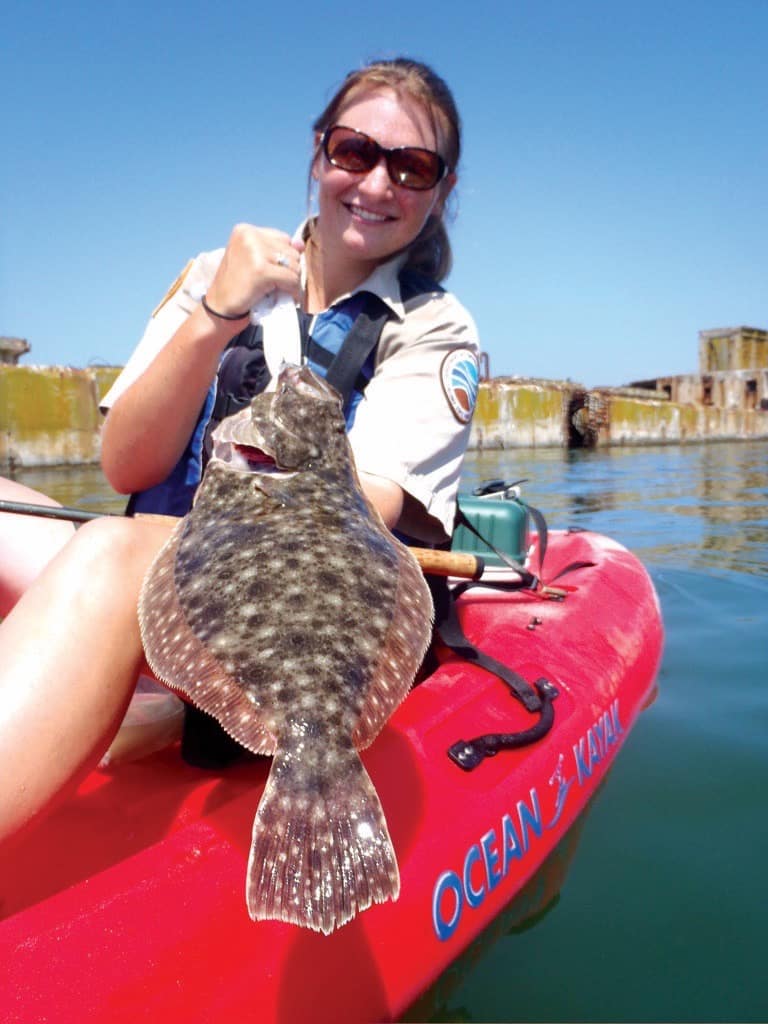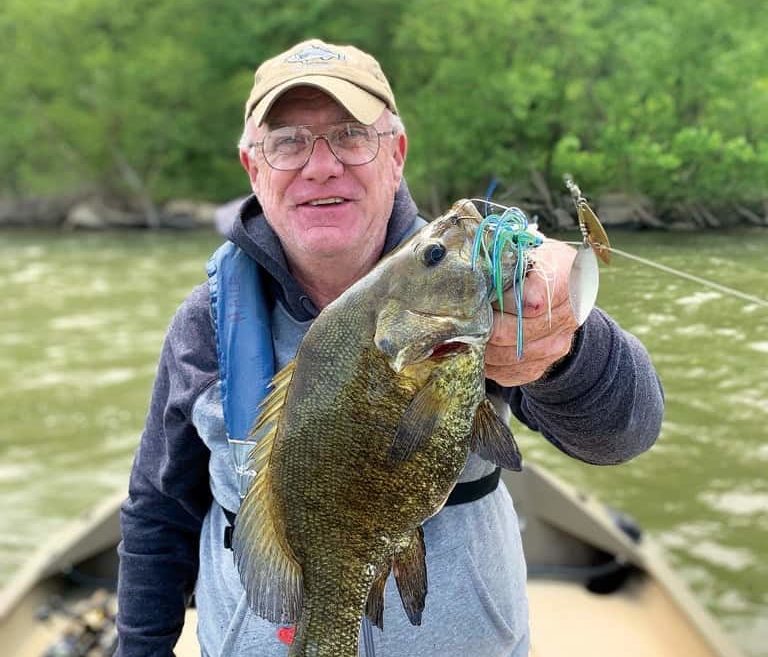by Chris D. Dollar
Photo by Chris D. DollarWhen I was a kid, I developed an encyclopedic knowledge of just about every trail through the woods and grass path or gravel alley in my neighborhood. I instinctively knew which yard I could cross without drawing the ire of the homeowner or being chased by their snarling dog. This local knowledge became an imperative part of my life growing up. Not only because it was fun to explore, but because these were familiar shortcuts home, especially useful as reliable escape routes on those occasions when it was necessary to elude an older, larger neighborhood boy or boys bent on mischief and mayhem at my expense.
As a grown man, rivers have held my imagination and interest in a vise, much more so than those neighborhood trails did. Rivers offer me a watery path to help satiate my curiosity about nature, goof off, and on occasion, as in those times of youthful turbulence, a temporary escape from a chaotic world. I’ve explored countless Chesapeake waterways by skiff, canoe and kayak.
In five decades of living along the Bay, I could always walk to one of the four tributaries I’ve taken the liberty of calling my home rivers. In chronological order they are: the Severn, Magothy, Chester and Wye. Time spent on each river created memories as vivid now as the day they happened. A brief sampling: On the Severn, the river of my youth, a rockfish prowling the mouth of Cool Spring Creek once struck a topwater so hard I almost fumbled the rod overboard. On the Magothy, I caught my largest pickerel, as tough a tidal-water light-tackle gamefish as you’re likely to encounter. When I think of corpulent, “black-back” white perch, I think of the Chester in autumn. Wildlife on the Wye marks the change of seasons as precisely as a Swiss watch.
I’ve fished dozens of other Bay waterways that I’m not as intimate with, but they each have unique charms. Years back, on a trip with naturalist and photographer Bill Portlock and our own John Page Williams on the Rappahannock, they opened their vast vault of knowledge about the river’s rich natural history. During a five-mile stretch we spied 33 eagles, flushed snipe from thick stands of wild rice, and saw huge gar (relics from the Mesozoic era) roll and gulp air.
I’ve floated the South Branch of the Potomac, criss-crossing the quiet West Virginia countryside while casting flies to smallmouth bass. Some took the fly. Others refused. Ornery and tough smallmouth bass back down to no rod. We also caught glimpses of river otters, their shimmering, dark brown coats glistening in the late summer sun. Graceful and powerful, they are true master river anglers.
Like thousands of other anglers, I’ve pursued white and yellow perch, largemouth bass and black crappie along the upper reaches of the Pocomoke River, a state-appointed Scenic River since 1971. After 66 miles, it feeds into Pocomoke Sound, where I’ve caught croakers, spot and other drums, as well as downed pintails, widgeon and gadwalls in winter over its eel grass beds.
I guess my point is that river fishing means different things to different people. Take the Potomac, our nation’s river. Running 400-plus miles from its origins in the mountains, it snakes through parts of four states and Washington, D.C. before emptying at the broad reaches between Point Lookout and Smith Point. While a lower Potomac fishermen is likely to focus on trolling or jigging for rockfish in the fall, a mid-river angler is probably casting to be a part of the Potomac’s world-class largemouth bass fishery, or perhaps to catch a blue catfish, whereas in the river’s upper freshwater reaches, smallmouth bass, trout or even walleye become the quarry. Different boats, gear and tactics are required for each section of river. And that’s just what’s going on in autumn. It’s a different ballgame in the spring with the arrival of hickory and American shad.
As Thanksgiving approaches, many Chesapeake sports split their time between fishing and waterfowling. Rockfishing in many Bay rivers in November remains a viable option, though typically it isn’t as good as it is in October. Trolling bucktails on 20-pound outfits can be effective over patches of live bottom—oyster and shell beds. In shallower waters, topwater plugs can draw strikes, but I’ve found soft plastic lures, especially paddletails, catch better. Fly patterns that mimic mummichog and killifish minnows, or young-of-the-year perch or bunker work for me. For those deep river holes where chunky rockfish and white perch gather as the surface waters get colder, tandem-rigged feather jigs, or metal jigs like Lil’ Bunkers, Stingsilvers or locally made trout bombs remain my go-to lures.
Fluctuating weather defines late autumn on the Chesapeake. One day it’s bluebird gorgeous with light winds and slick-calm seas, and the fish are snapping. The next day it’s blowing 20-plus knots down from the Northwest, or angrily spitting at us in the form of a Nor’Easter. These are
the days when river fishing really shines, offering shelter and opportunity, salvaging an otherwise non-fishable day on the water. And as the days become shorter in the run-up to the holidays, a quick morning or afternoon trip on your river again is the perfect anecdote to a long day of work. Even if the fishing is slow, there’s an abundance of fauna to hold your attention. You might see a whitetail deer paddling to the far bank, flocks of newly arrived ducks, or even loons driving bait on their layover before venturing farther south.
River fishing is best experienced on nature’s terms. That sometimes means missing sleep or dinner or both. Some of my most enduring river memories has been when the weather is a bit off. Tinged by fog or mist, a river will reveal its raw beauty. There’s an intimacy in fishing your home river that’s usually not found on the open Chesapeake. So much so that when friends ask where you caught that pretty perch or rockfish, you simply reply, “the river.” That should tell them all they need to know.
Though it takes time on the water to learn the rhythms of your river, it is time well spent. And while home waters can be generous with their charms, they never completely give up all of their secrets. Surprises abound each year, inspiring further exploration and curiosity. Hopefully, your image of fall river fishing is unique. Here’s mine, just the same:
Orphaned cirrus clouds drift aloft, drawing my gaze to spears of fading sunlight that cast long, shimmering shadows across the river’s edge. Lost in the moment, my focus is snapped back by a thunderous strike from a portly rockfish intent on wrecking my lure. The hapless fish is pulled from waters so familiar, yet, in some ways from a river I’m just beginning to get to know.




